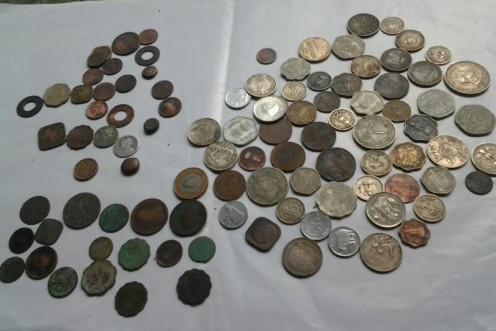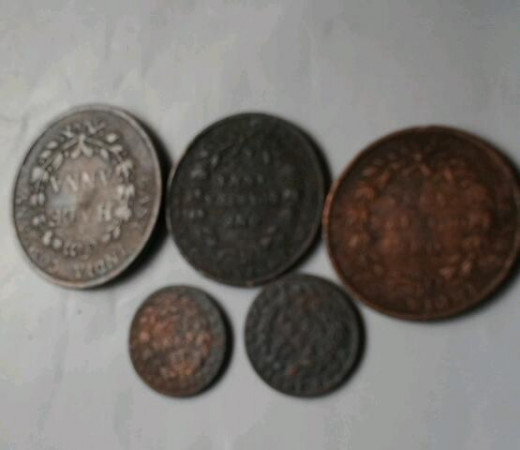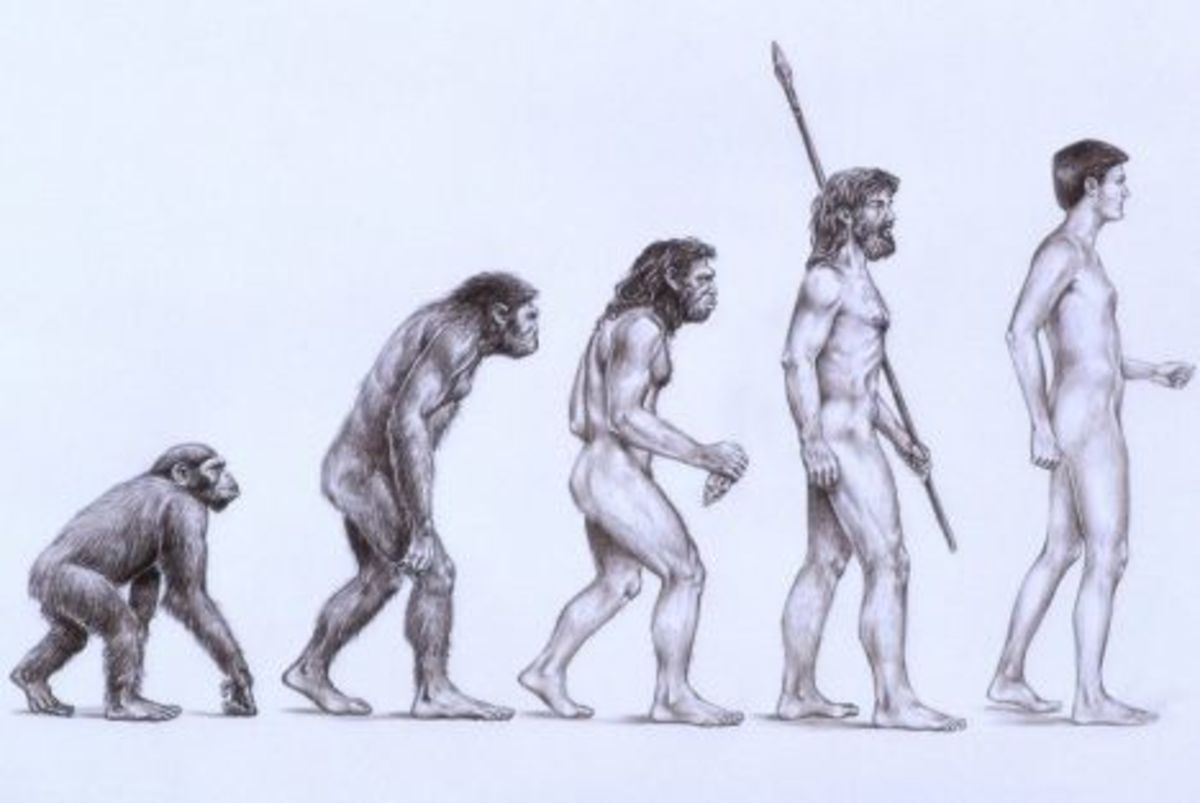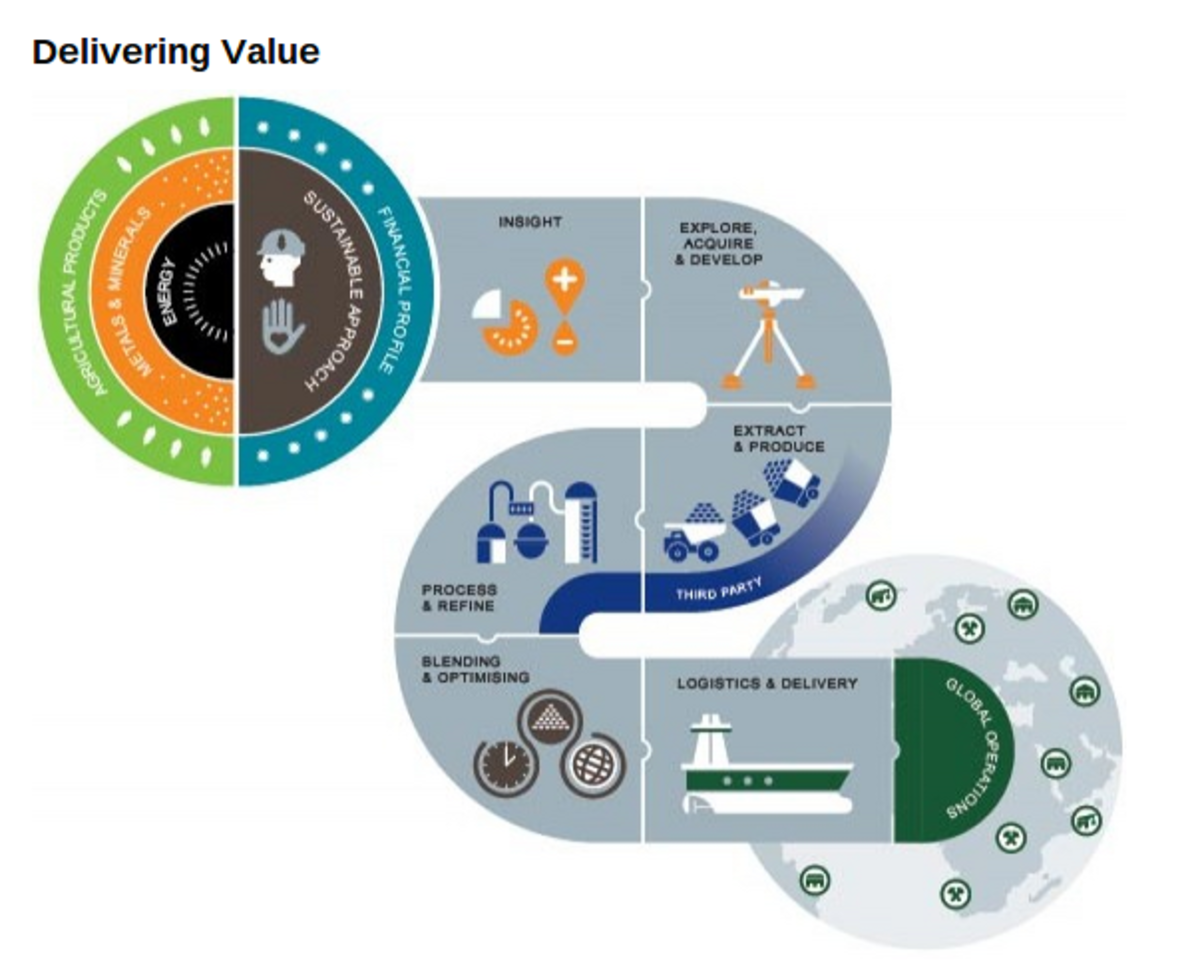Evolution of Money; A Brief Note

Introduction
Today, money become an essential matter for the survival of human beings like water, air, atmosphere. In this modernized world, all the exchanges between people are delivering through the medium of money. So, the values of goods and services are measured on the label of money. Further, since the world considered as a nutshell because of the globalization, it allows the people to contact each other across the globe. Here the transactions are completing on the basis of certain monetary value, that is money. Anyway, various monetary experts defined ‘money’ from different angles. For better understanding, it will be better to say that, ‘money is the value, which enable the people to bring exchanges’.
In short, money is a medium of exchange, a way for storing wealth and above all it is the method to account assets or wealth. Any way this hub aims to study about ‘the evolution of money’.
Milestones in the Evolution of Money
The word money is derived from the Latin word ‘Moneta’. The evolution of money is considered as one of the great achievements in the human history like the invention of fire, wheel, paper etc. In ancient time people were did not used money in a specific form like the system we practicing today. But gradually the invention of money become an compulsory one. following words are very briefly described different stages in the invention of money until this modern era.
1) Commodity Money
In different time people were used different forms of money.The origin of money came from the individuals' desire to buy commodities for satisfying wants. Initially people were used hunting as the way for livelihood. So, the money of that time was popularized in the form of animals’ skin and livestock. And later there arose many civilization based on a specific location. So, the people started to engage in agriculture for their livelihood. Any way people of that time were considered food grains as the medium of exchange. That is similar to money’s function. In short this system is came to known as the renowned Barter System.
The main limitation of the above discussed form of money was, it some times make more difficulties during the exchange. For example, when livestock and food grains considered as the money, it can’t store for a long time. That is, there may be the possibility of decreasing the value of commodity money when it store for long term.
Later, people wanted to find a thing which help them for delivering transactions very easily. It came in to reality in the form of Metallic money or coins. Greeks were the first people who used coins. This was the greatest achievements in the invention of money. Anyway following are the different stages in to the modern form of money.

2) Metallic Form of Money
Since the commodity money suffered more limitations, many rulers adapted metallic form of money. Since, the world trade become more active, the metallic money was simple than commodity money. Mainly Gold, Silver, Copper, Tin etc. were used to make Metallic money.
But, the confusion of weight of metals arose more difficulty. Because some times the intrinsic value (metal's value contained on a coin) may be higher than the face value of the coin. This defect exploited by some people. For example, When the price of Gold or Silver increases, people started to melt the metal from the money to gain more profits. This misuse of money lead the rulers to rethink about money. Later, King Midas of Lydia adopted a method for issuing money in 8th century BC. That was to issue metallic money based on a predetermined weight.
Since, gold become scarce metal, many rulers began to issue money in Silver or in the mixture of two metals.
Limitations of Metallic Form of Money
Even though the metallic form of money helped to remove the limitations of commodity money, it also suffer some other limitations. Most important limitation was, metallic money was very difficult to carry for long distance. Further since metallic money contained precious metals people were feared theft.
3) Paper Money
This was the beginning of banking practice. Before many years, people kept their wealth under the custody of Goldsmiths. Who were considered as honesty group. Gradually Goldsmiths were began to give receipts as the proof of deposits. The same receipts used for the purpose of buying something. In short, the receipt issued by Goldsmiths functioned as like money. But this was based on gold. Later, by the end of 1st World War, almost all the countries were began to issue fiat money. Fiat money refers to the money which issued by an authority and that promise to pay the debt. Today almost all the currency is fiat money. So, this can be used for the purpose of exchange.
4) Modern Money
The final stage of evolution is the modern form of money. Bank deposit money become more popular. Any way for the purpose of simplicity we can categorize modern money in to two.
i) credit money, and
ii) near money
i) Credit Money
This is a stage of evolution of money in modern times. That is the practice of cheque is the best example. This form of money is like currency note and performs almost the same functions of currency note. But a cheque can be used only for a single transaction. Generally, cheques are used for transactions which having large amount value.
ii) Near Money
This is the final stage of evolution of money. It contain instruments like treasury bills, bonds, debentures etc. These instruments considered as near money, since these instruments having highe liquidity next to money.
Conclusion
The evolution of money was one of teh greatest milestones in the history of mankind. Presently we are using highly advanced form of money in the form of debit cards, credit cards, e-money etc. Now, money keeping in the liquid form is become less important. In fact, the evolution of money was inspired by the technology and the knowledge of the people of each time.








